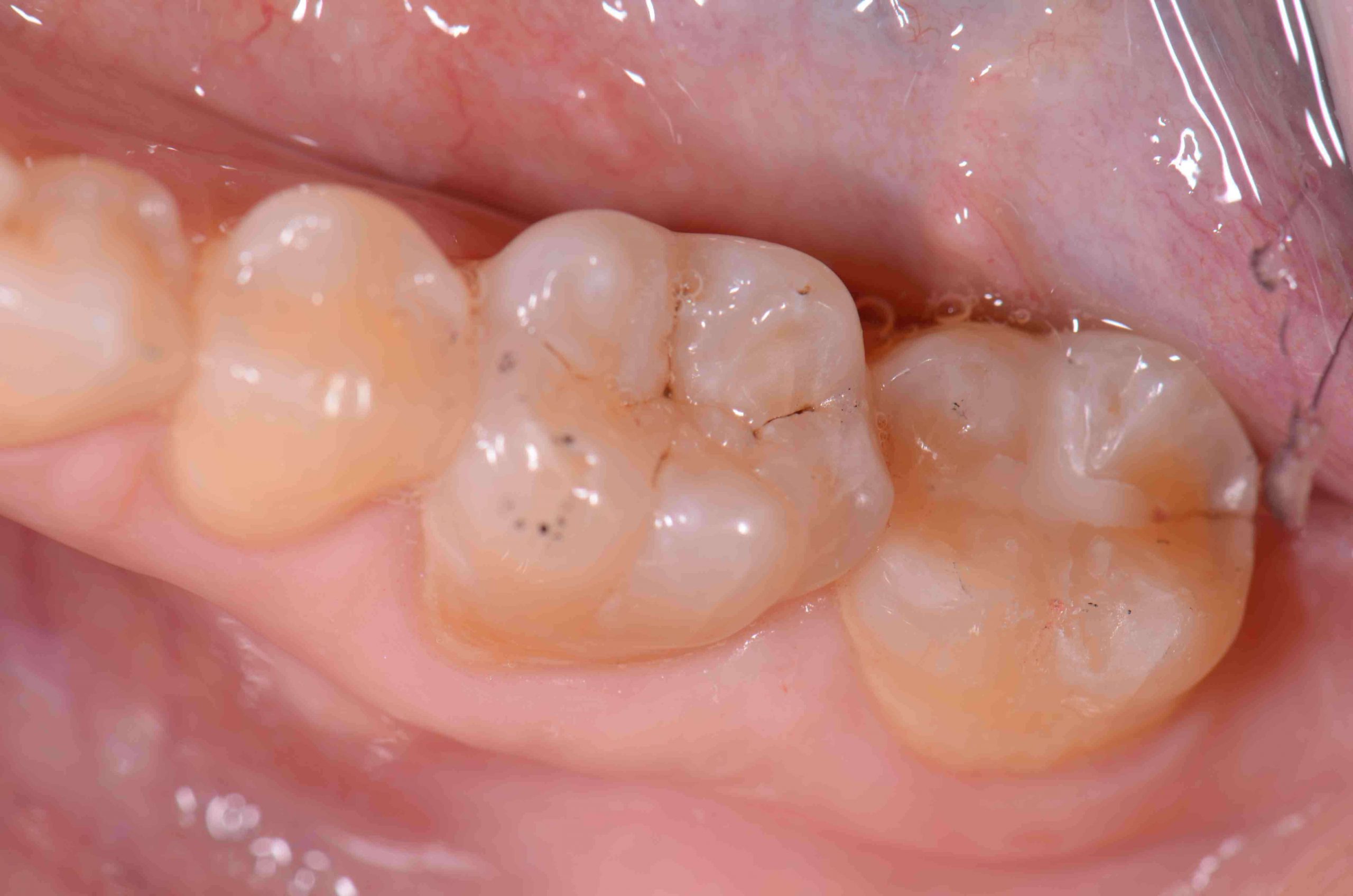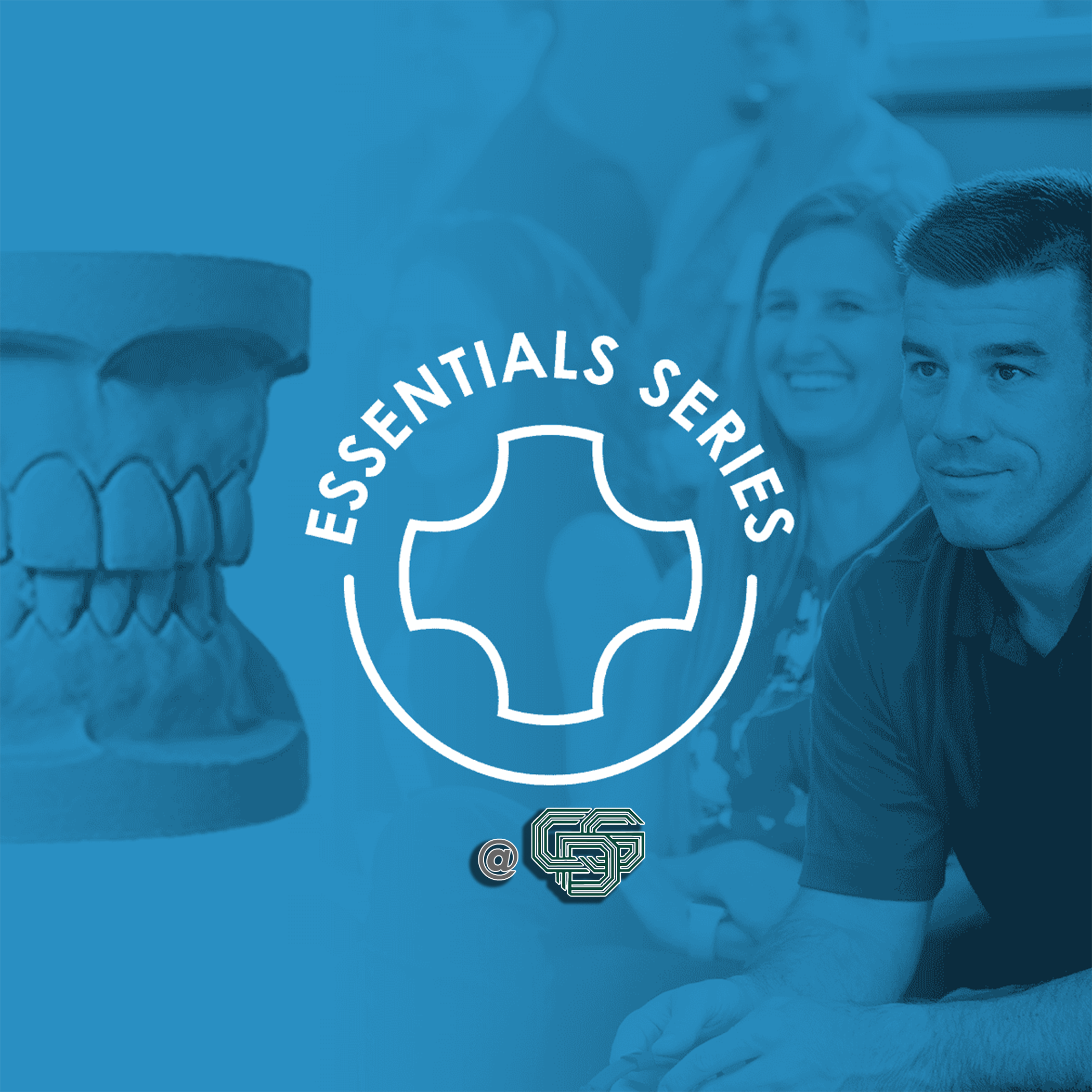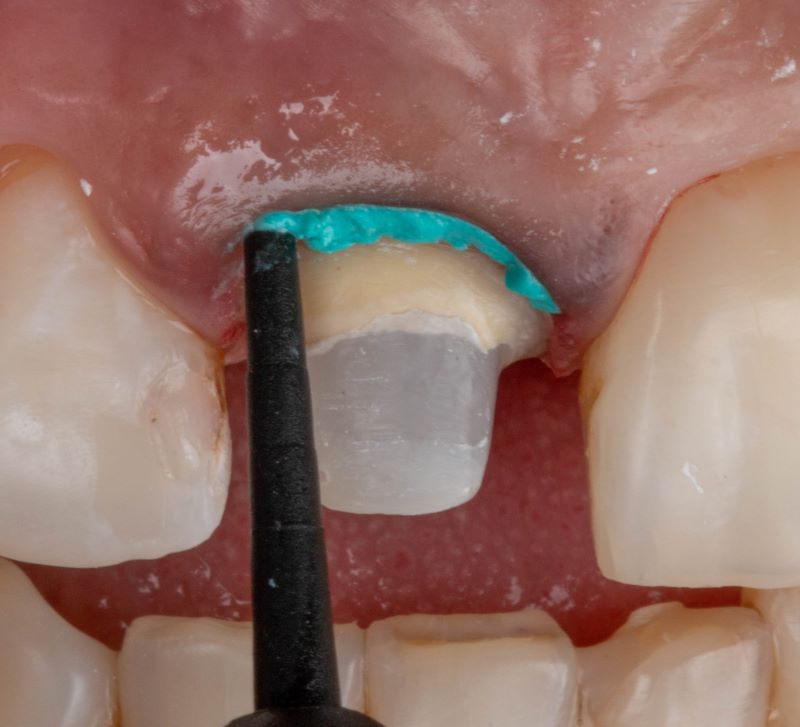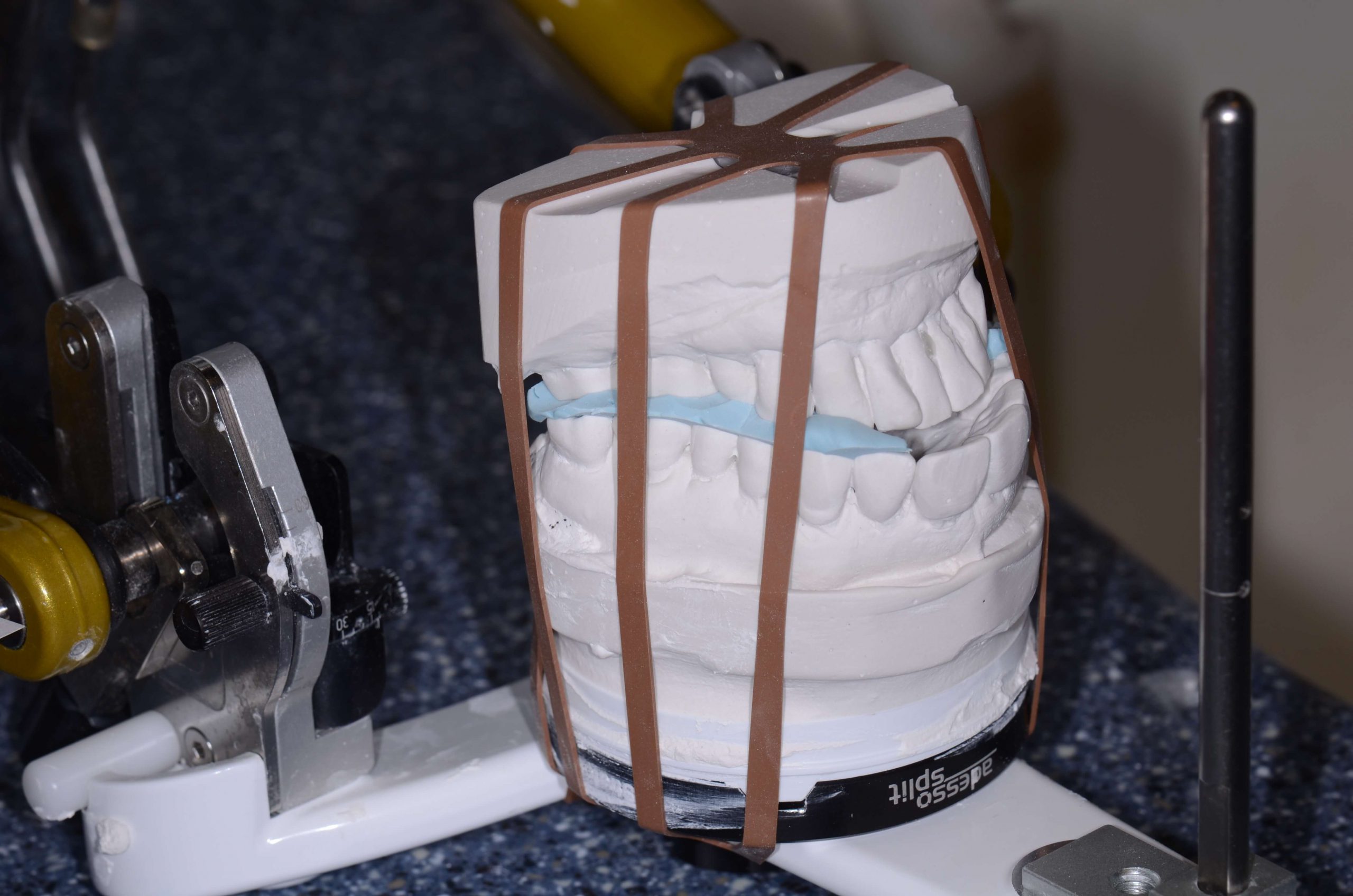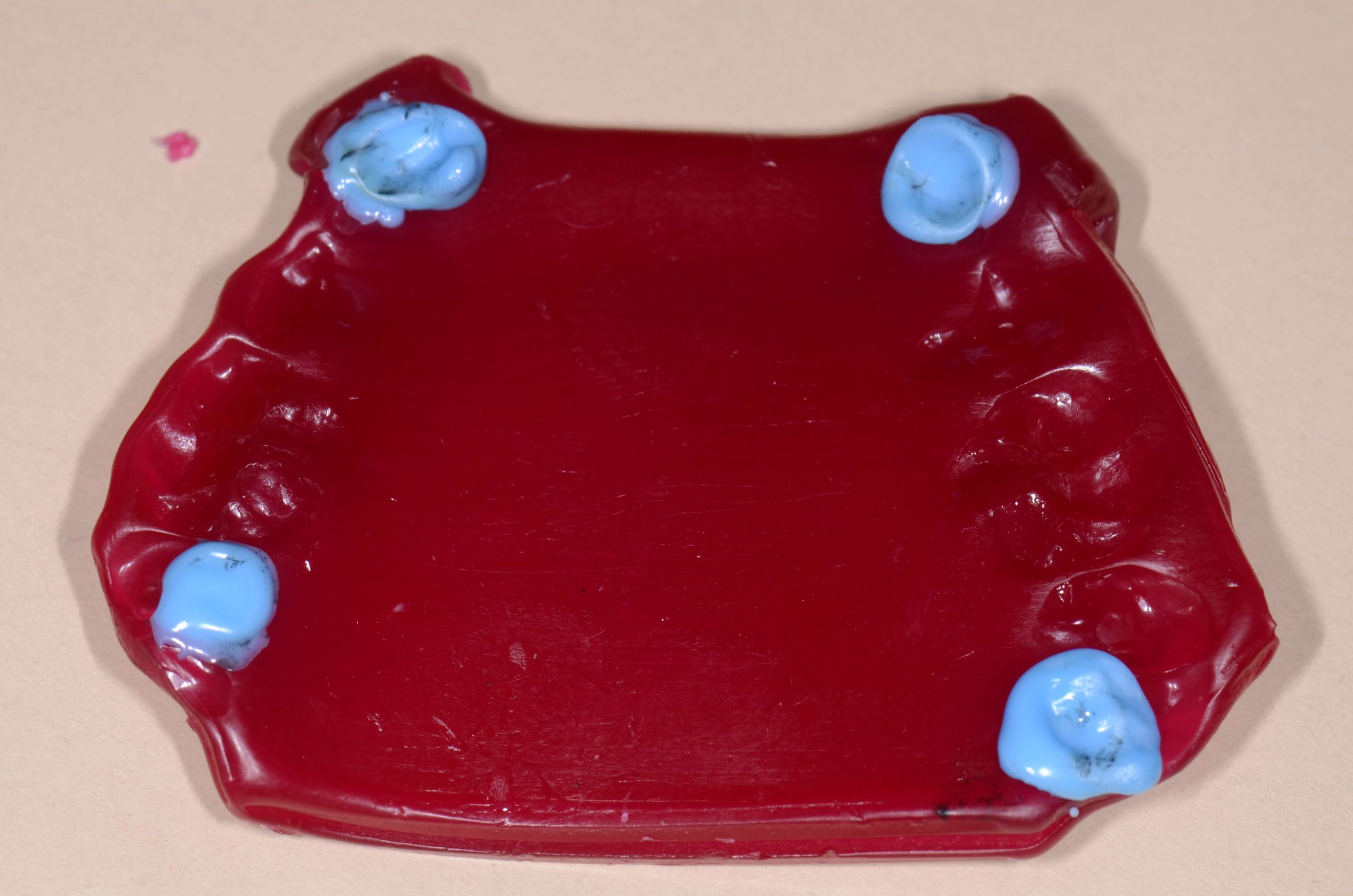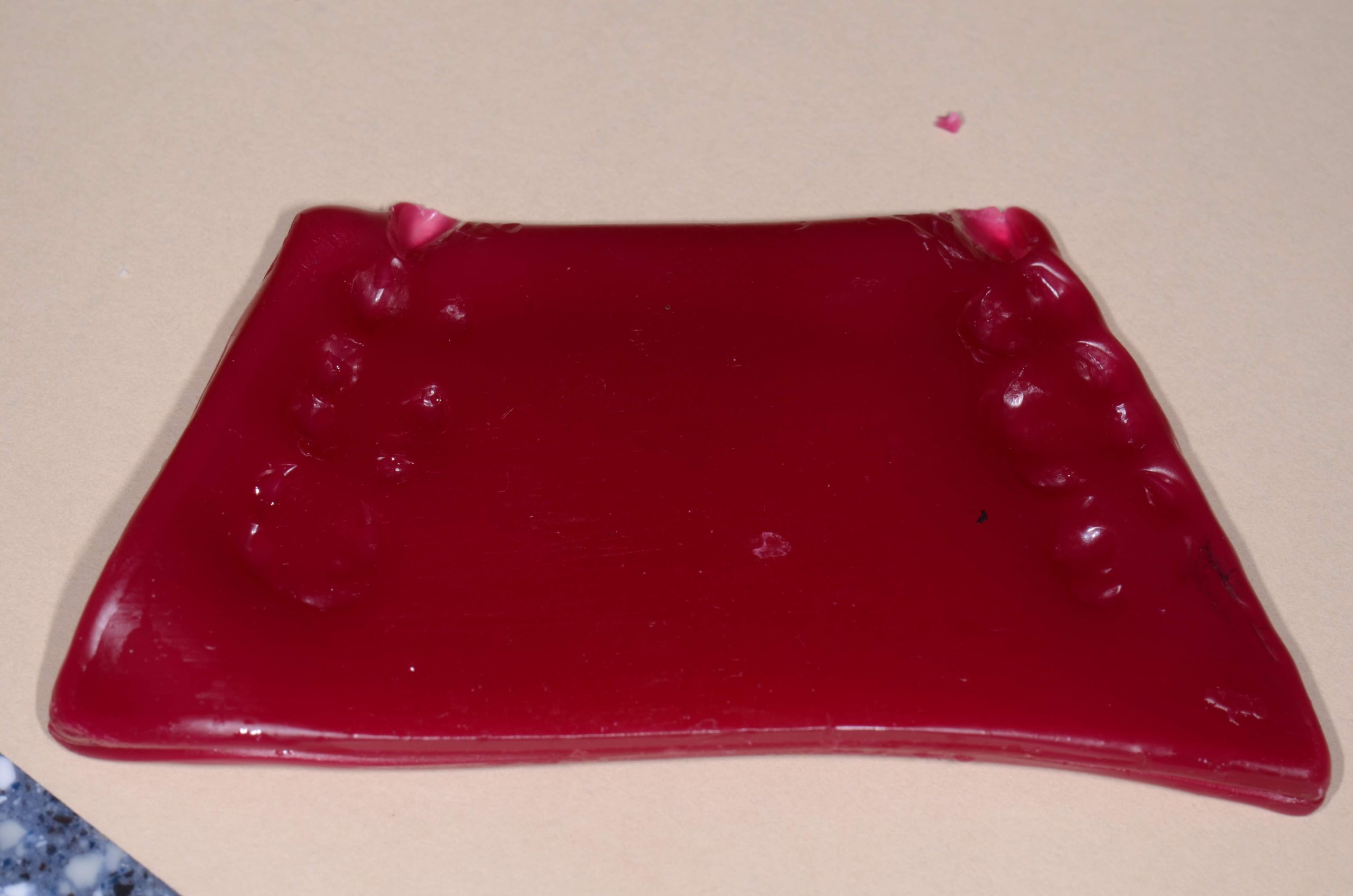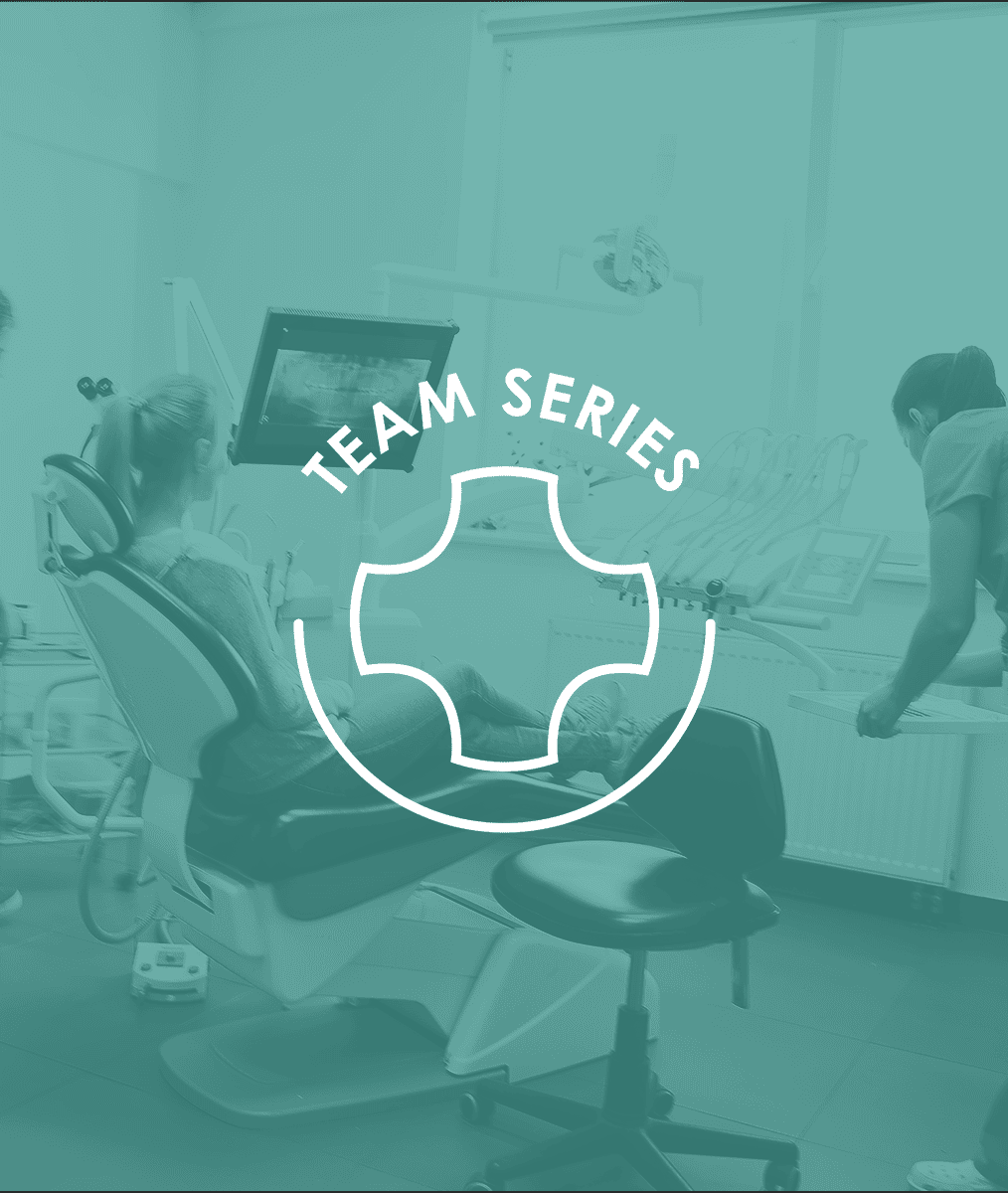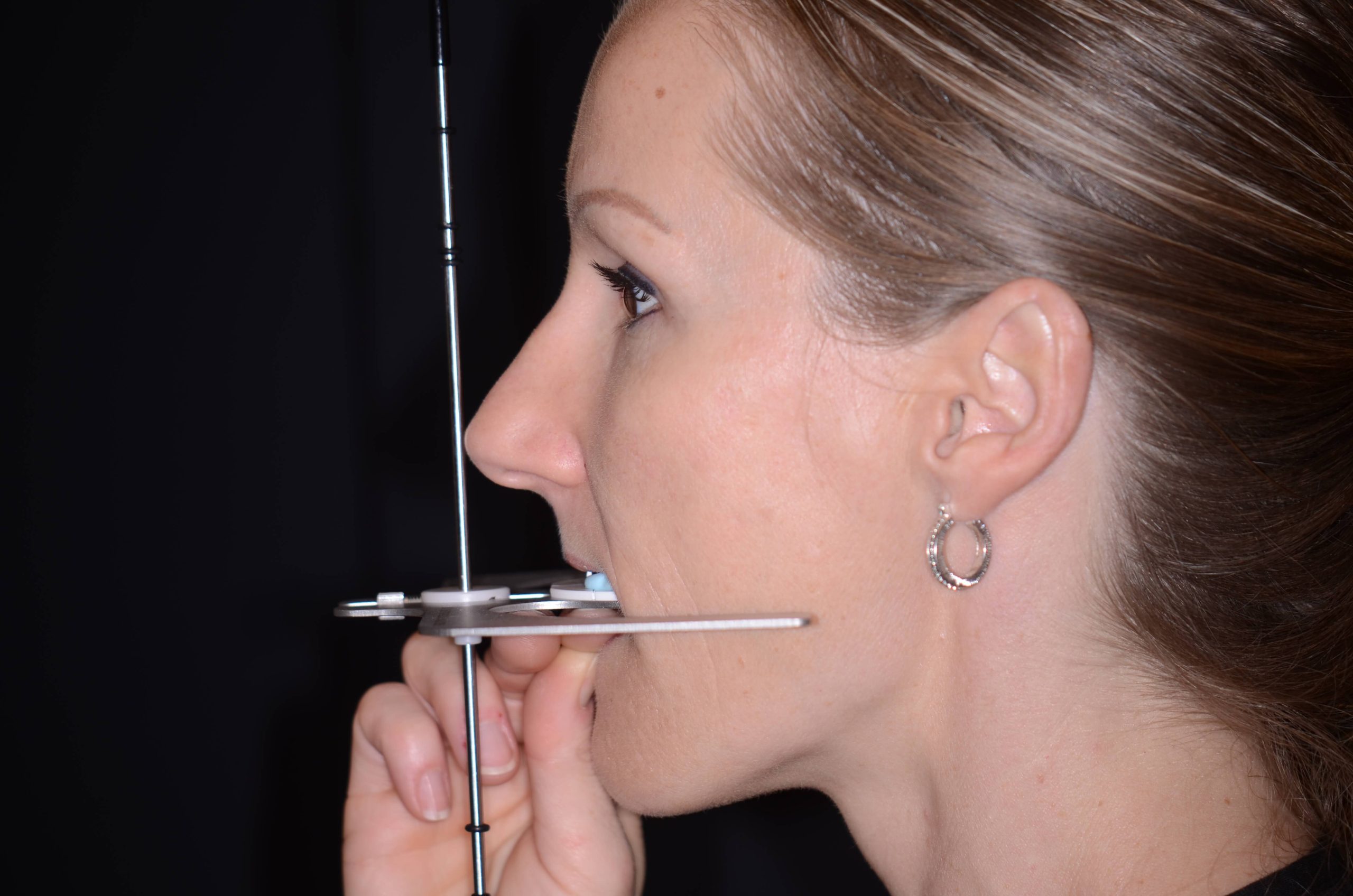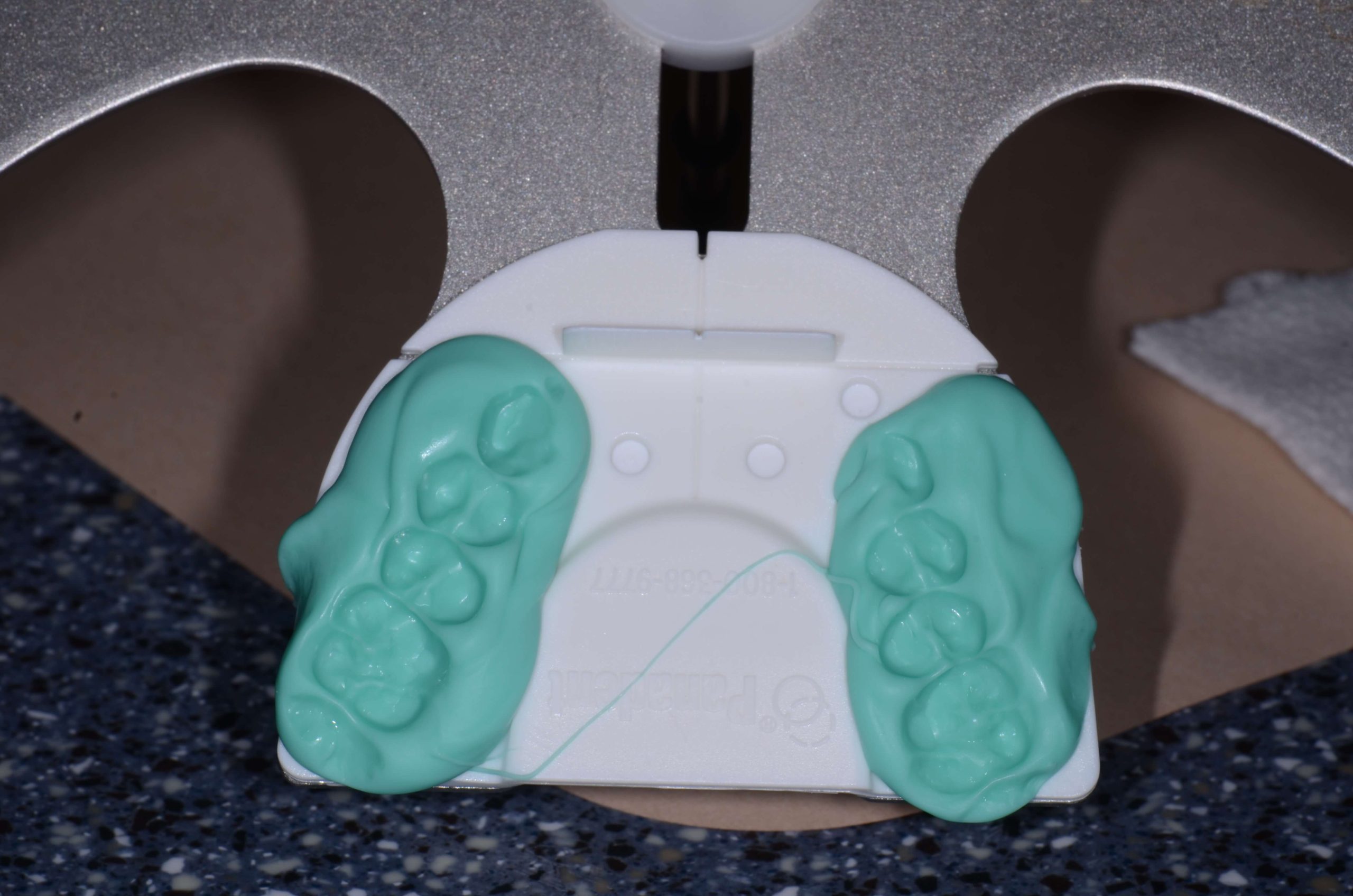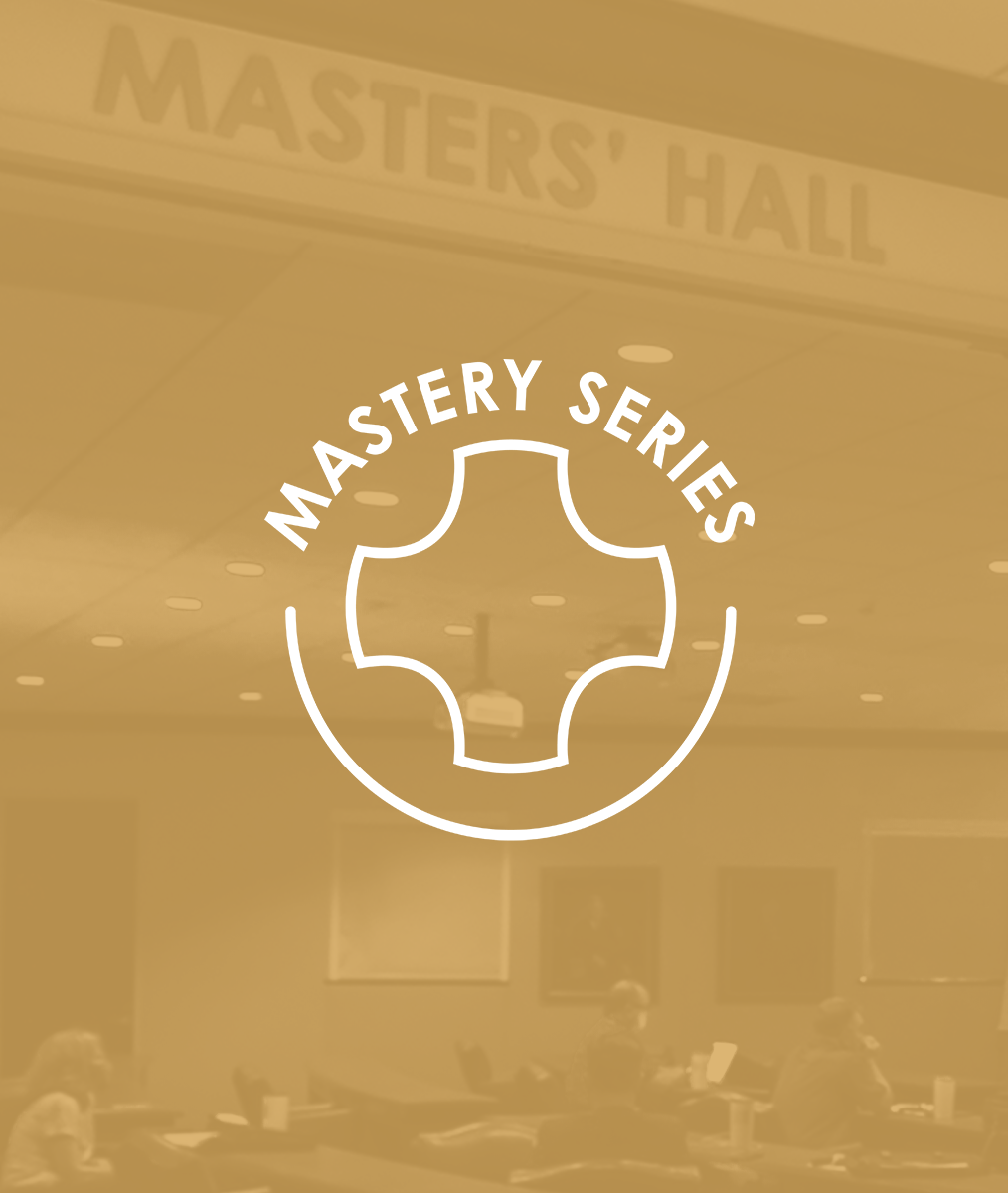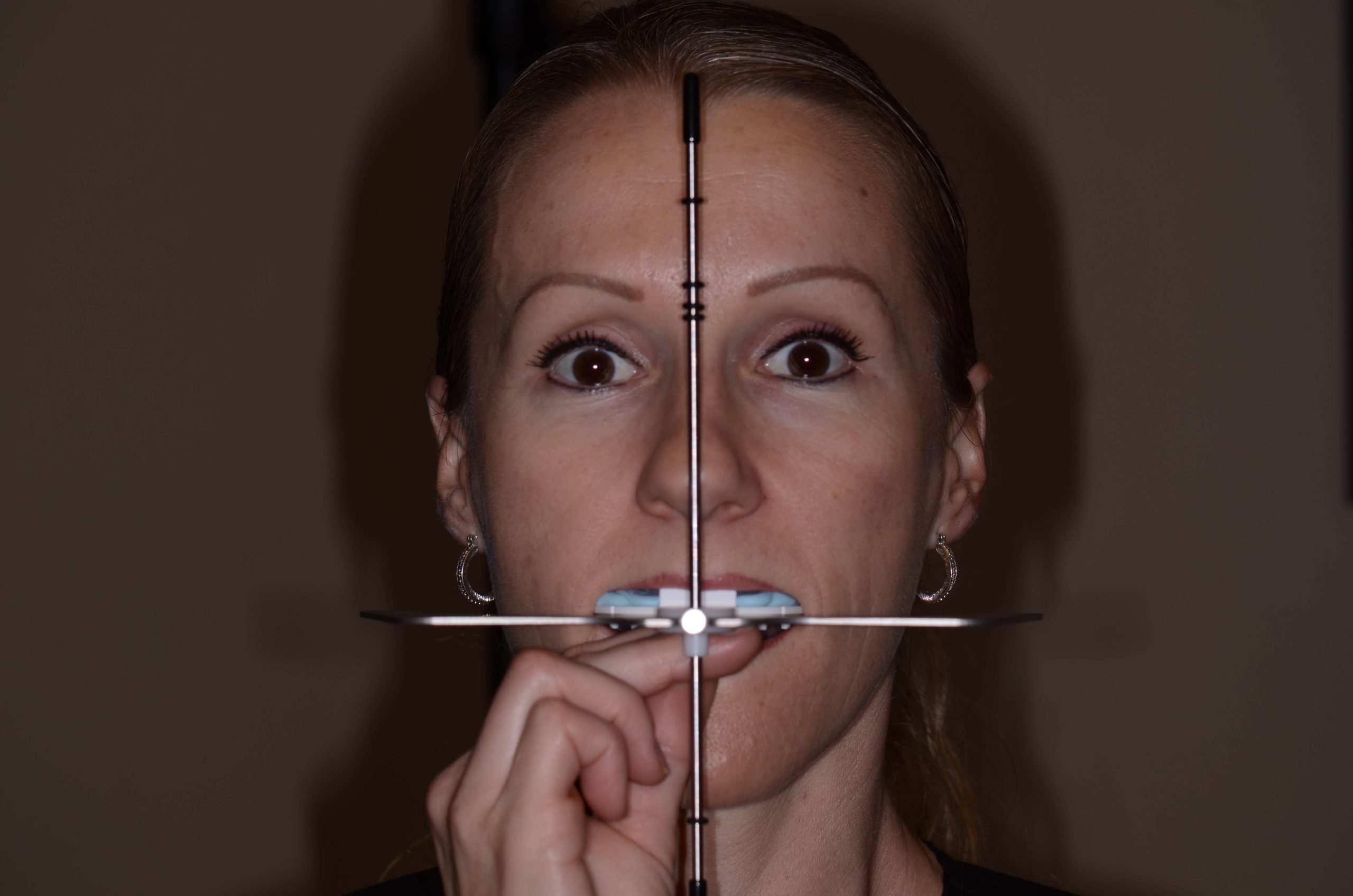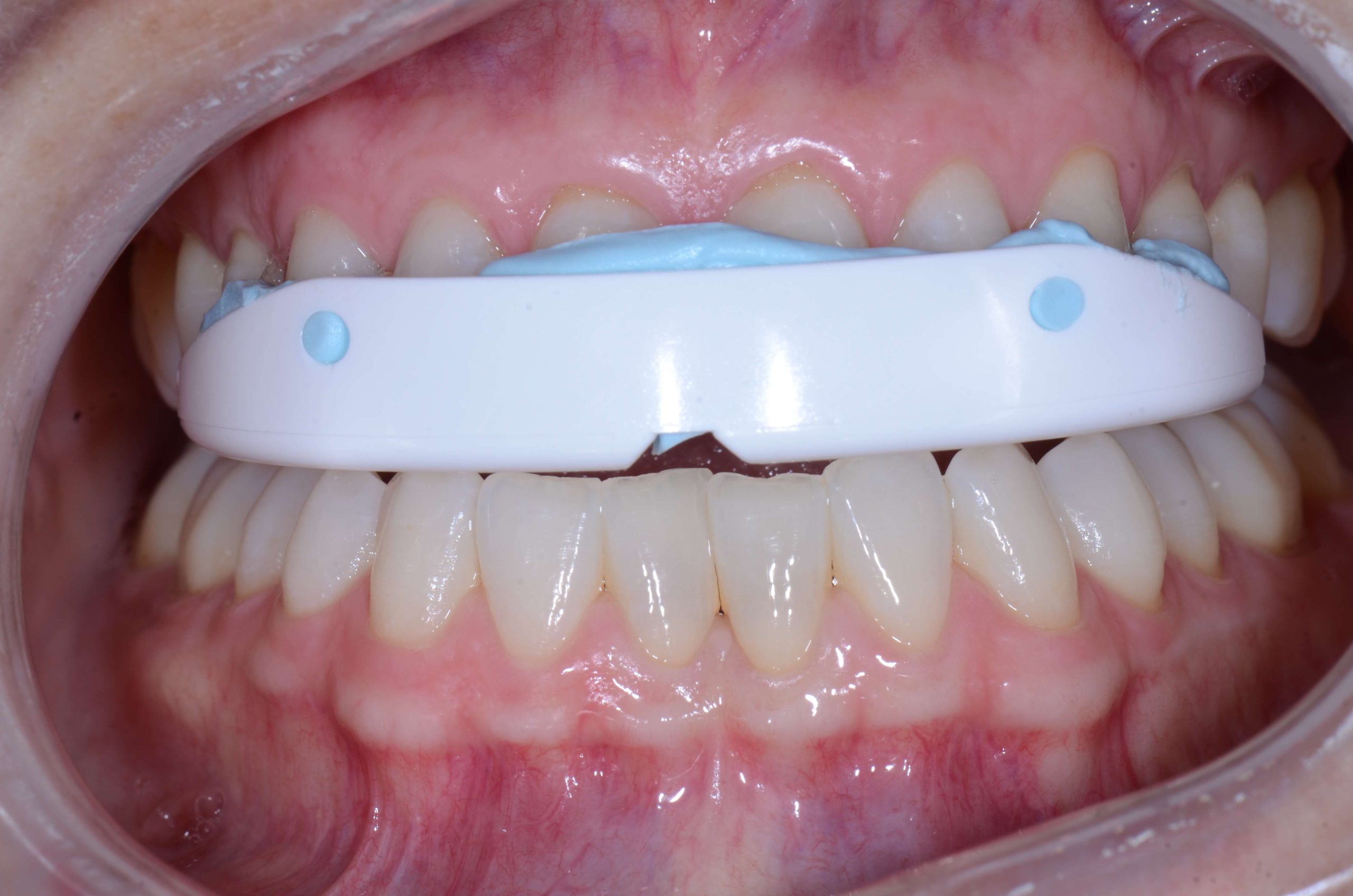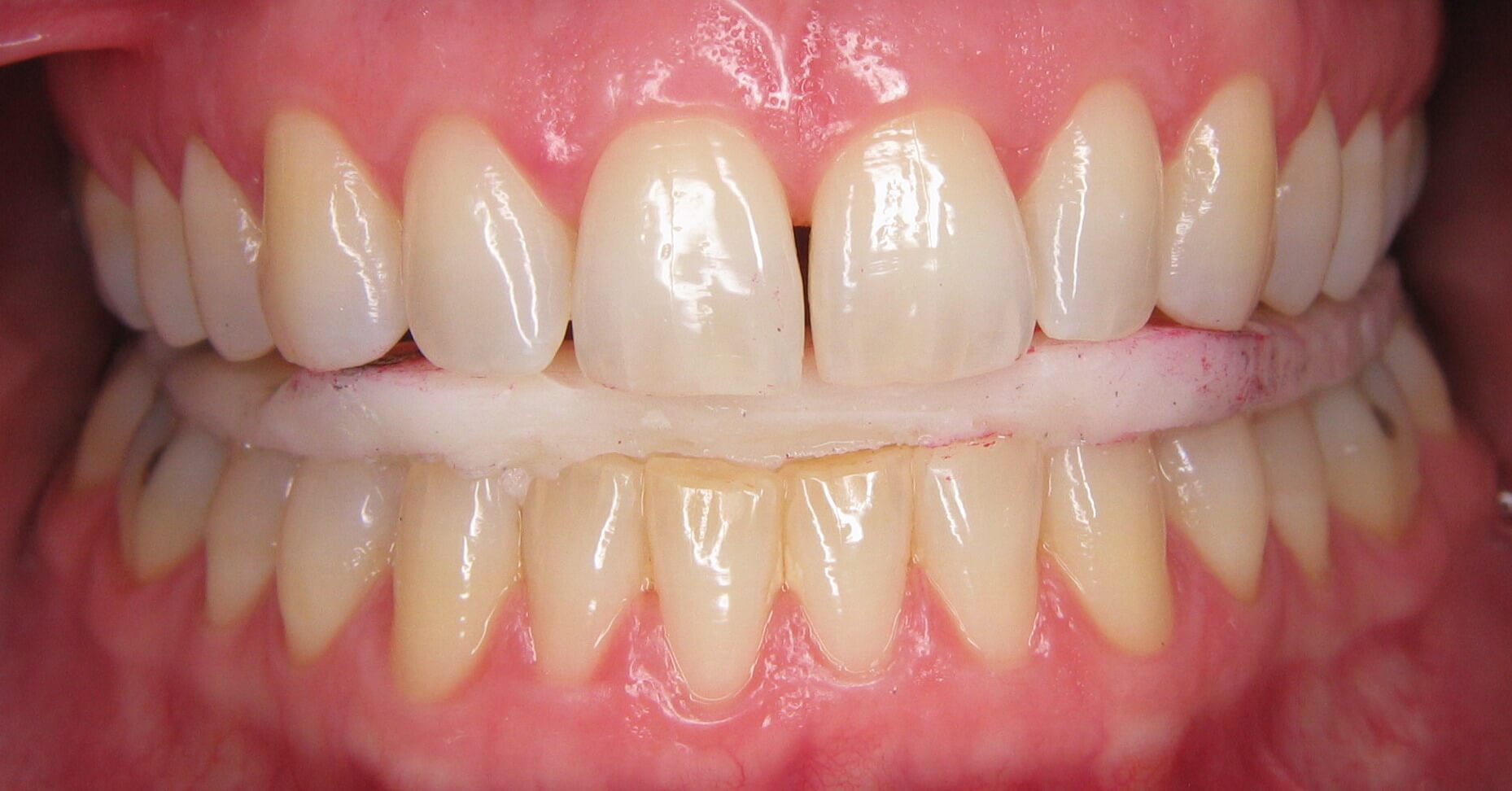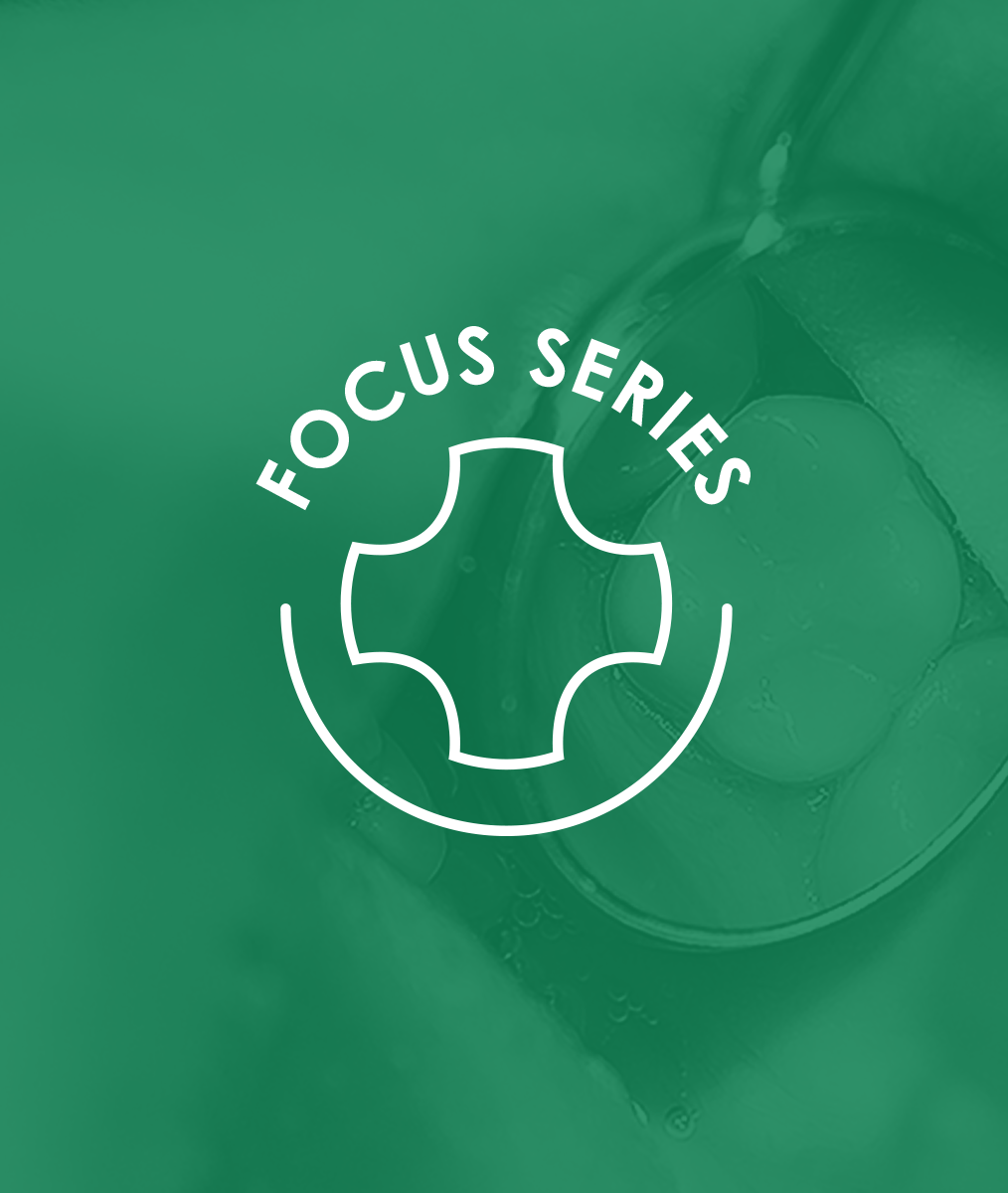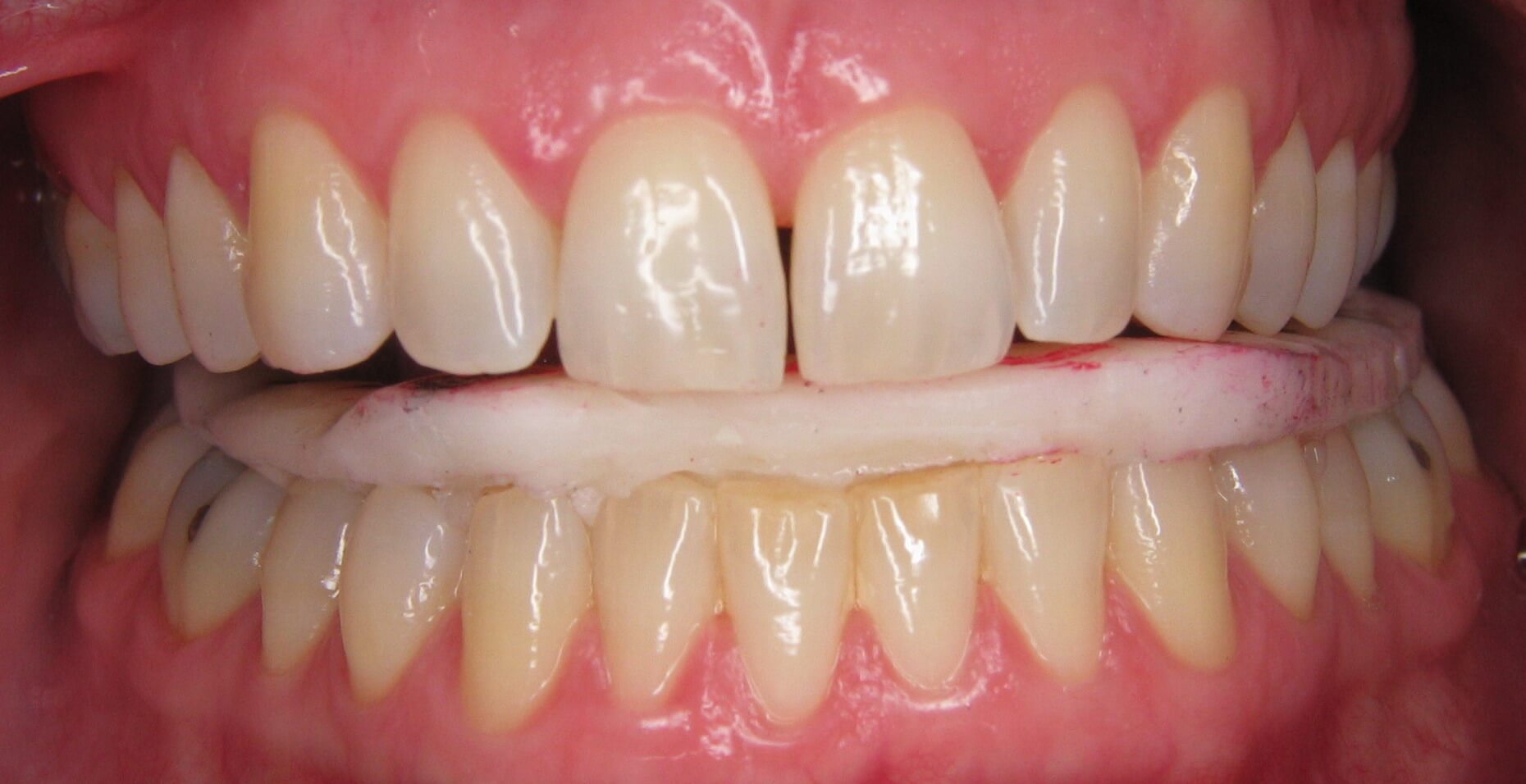Do Patients Parafunction In Centric Relation?
Seated Condylar Position
I know even the mention of the words centric relation probably has some readers bristling, as this is a much argued over topic. With that said the research by Lundeen and Gibbs at the University of Florida shows that we do seat our condyles into the fossa during the chewing stroke. This seated condylar position is often used as a reference position to treat patients whether as part of reorganizing their occlusion to alleviate TMD symptoms or for restorative or orthodontic treatments.
Centric Relation & Parafunction
The next question is do people seat their condyles other than during normal function as part of the chewing stroke. I believe the answer is yes. One of the pieces of evidence is the number of patients that I have with wear facets that correspond exactly to their first point of contact with their condyles seated. These same patients do not mark this area with articulating paper in intercuspal position or when following their excursives.
I took the photo with this post in my office. The patient has no other wear facets. #31 has a small, less than .5mm combination sealant/occlusal composite on this tooth. The distal wear facet does not touch in intercuspal position or excursives, but will mark using a leaf gauge to seat the condyles as the first point of contact. This facet marks in both the arc of closure and a power wiggle or abbreviated excursive movement from this first contact. #31 is also split from the gingival margin on the distal over the marginal ridge and right to the margin of the composite. I have seen and restored multiple examples just like this. In my experience when the crown comes back from the lab we will be able to adjust it in without issue, but the patient will report it feels high, or it will become chronically sensitive. The solution will be to either adjust this crown in both intercuspal position and centric relation, or incorporate an equilibration with the restorative care.
My belief is this patient parafunctions in centric relation.
Related Course
E1: Aesthetic & Functional Treatment Planning at the Chicago Midwinter Dental Meeting
DATE: February 20 2025 @ 7:00 am - February 22 2025 @ 8:00 pmLocation: Chicago Midwinter Meeting
CE HOURS:
Transform your experience of practicing dentistry, increase predictability, profitability and fulfillment. The Essentials Series is the Key, and Aesthetic and Functional Treatment Planning is where your journey begins. Following a system of…
Learn More>
